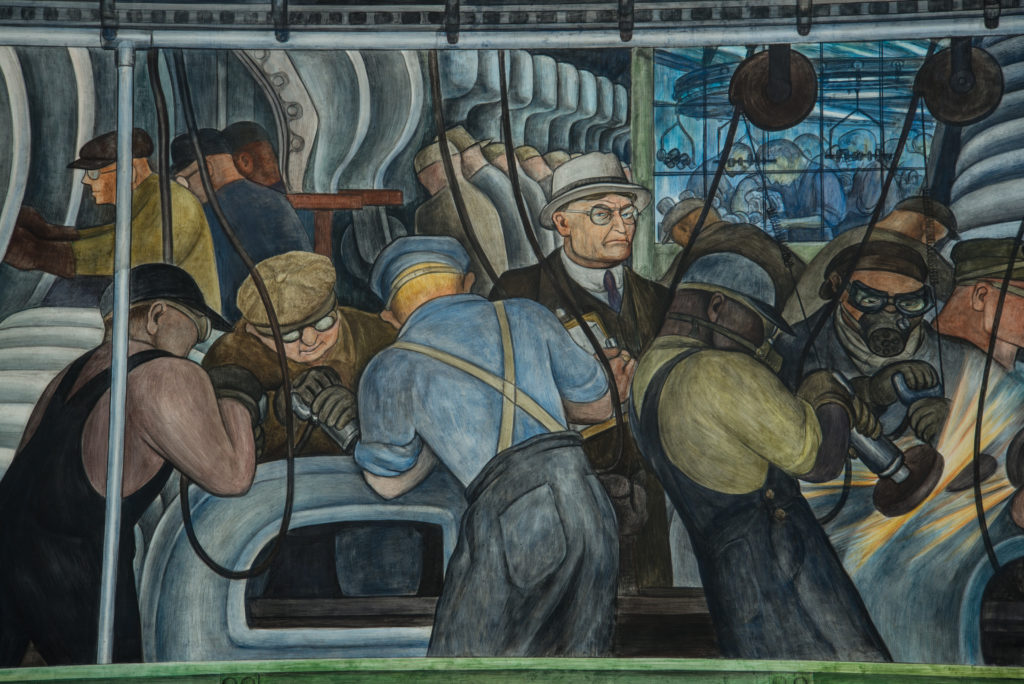
Economists often venerate Adam Smith’s monumental Wealth of Nations (1776) as the Newtonian origin of their discipline. Smith’s memorable image of an invisible hand generating socio-economic order from the chaos of innumerable self-interested marketplace transactions is seductive, especially to mathematically inclined contemporary economists. In mathematical models, self-interest admits of axiomatic expression: no one works, hires, sells, buys or trades without first calculating a benefit to themselves. But by overlooking Smith’s complex and nuanced account of human nature, economists have deprived themselves of all the riches available in his work. In short, they miss the interpersonal ties that undergird all such bargaining.
Smith explains interpersonal relations in terms of “sympathy”, a cognitive and affective faculty for understanding one’s situation from a point of view independent of self-interest. Human “sympathy” doesn’t make us moral beings, but it makes both morality and economic relations possible. To understand this fundmental feature of Smith’s moral anthropology and thereby enrich modern economics, economists might acquaint themselves with his earlier book, The Theory of Moral Sentiments (1759). Christina McRorie fills out the picture.
